Even if you’ve studied the American Revolution in detail, the conflict is complex and intricate enough to still have interesting facts that you might not know.
In this article, we’ve listed 15 of the best fun facts about the American Revolution, that many people aren’t aware of.
1. According to some historians, one of the most successful spies for the Americans was a female operative named Agent 355, whose real identity remains unknown to this day. She passed along critical intelligence to the revolutionaries as a part of the Culpeper Spy Ring.
2. The oldest remaining Revolutionary War widows’ pension was awarded to Noah Damon’s widow, Esther Sumner Damon, in 1906 – an astonishing 123 years after the war ended.
3. At age 22, Deborah Sampson disguised herself as a man and fought for nearly 18 months in the Continental Army before getting a fever and having her sex discovered.
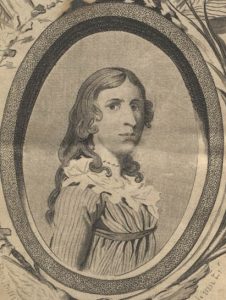
4. Patriot leaders used printed pamphlets to spread Revolutionary ideals. These pamphlets were produced in huge numbers, and were often read aloud in pubs and taverns, meaning their messaging could quickly reach hundreds of thousands of people – similar to how we use social media today.
5. The Siege of Yorktown, which lasted from Sep 28 – Oct 19, 1781, is considered the longest battle of the Revolutionary War. Most battles only lasted a few days at most, given the nature of how warfare was waged.
6. The phrase “fog of war” first originated in an 1836 poem by McDonald Clarke titled The Battle of Bunker Hill. Due to the type of gunpowder used in muskets and artillery, Revolutionary War battlefields were often completely engulfed in smoke, making it difficult to see the enemy.
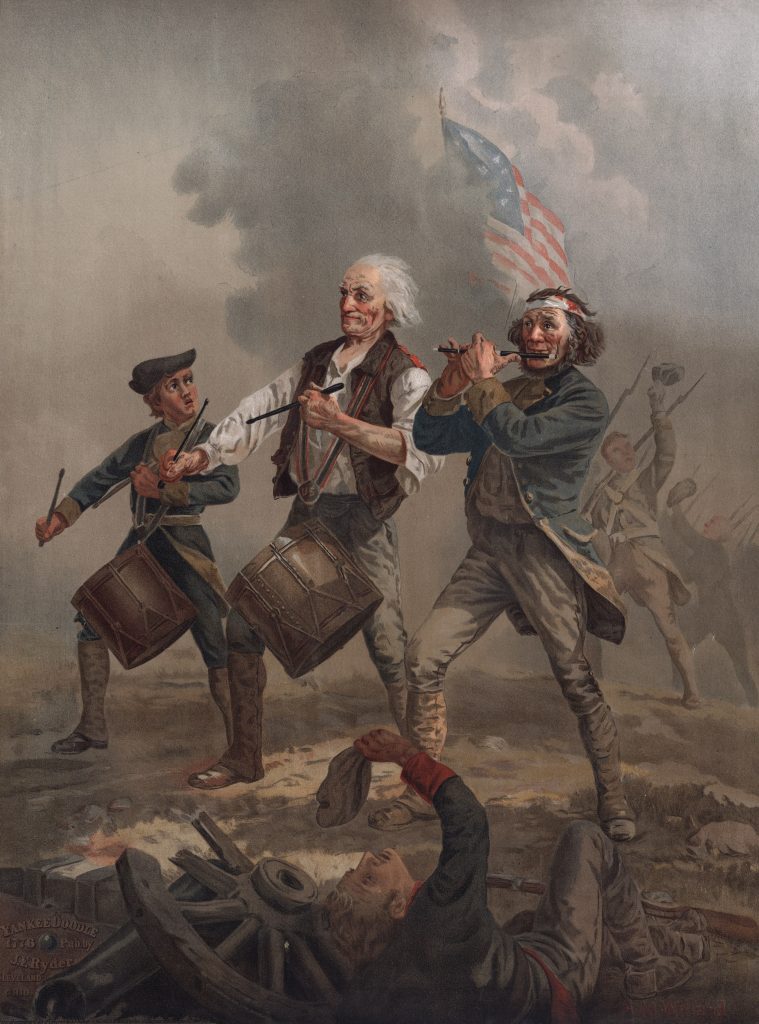
7. At the beginning of the war, most Patriot soldiers wore their own hunting shirts and other miscellaneous outfits. Only later in the war did the Continental Army begin to widely adopt its signature blue uniform.
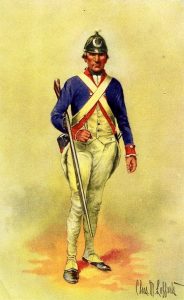
8. Of the 12,000 people that entered camp at Valley Forge in the winter of 1777-78, it is estimated that about 2,000 died due to hunger, cold, and disease.
9. George Washington was plagued with dental problems throughout his life, beginning from the age of 22.
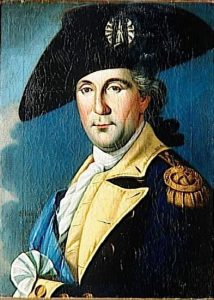
10. While France did not officially enter the war on the American side until 1778, secret aid began as early as 1776, including supplies, ammunition, and funds, largely coordinated by the playwright and diplomat, Pierre Beaumarchais.
11. It is estimated that the Revolutionary War cost the British £250m, about £31b ($39b) in today’s money.
12. While most Native American tribes fought for the British during the war, due to stronger existing relationships, many also fought for the Patriots, while others remained neutral during the conflict.
13. African Americans fought on both sides during the Revolutionary War – about 20,000 for the Loyalists, and 10,000 for the Patriots. Many on the Patriot side fought in exchange for their freedom from slavery. The British offered emancipation to all African Americans if they joined their cause in 1779.
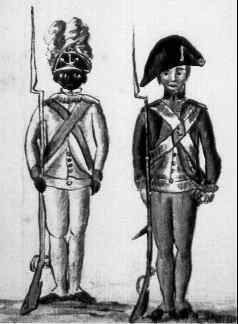
14. Many historians believe that the American Revolution helped to inspire the French Revolution, which began in 1789. Many French Revolutionary leaders fought in the American Revolutionary War, and brought revolutionary ideals back home to France when the war was won.
15. Rum was a crucial part of the colonial economy and military life. It was a popular beverage, which was also used as a form of currency and for medicinal purposes in the Continental Army.

